Editor’s note: everyone at The Vintagent was thrilled at the first sight of the STILRIDE scooter, as its creative monocoque chassis seemed a worthy inheritor to the iconic Vespa design of aeronautical engineer Corradino D’Ascanio from 1946. Then we learned the STILRIDE’s chassis was made of robotically folded steel, and that the scooter was essentially a demonstration project for a new manufacturing technology called STILFOLD, which is deeply impressive. How many vehicle manufacturers have as their core intention a revolutionary option for more efficient production combined with radical design possibilities? It’s as if Luigi Colani (see the notes from our Silver Shotgun exhibit) had a new production technology to back up his futuristic design sensibility. Read Stephanie Weaver’s interview below:
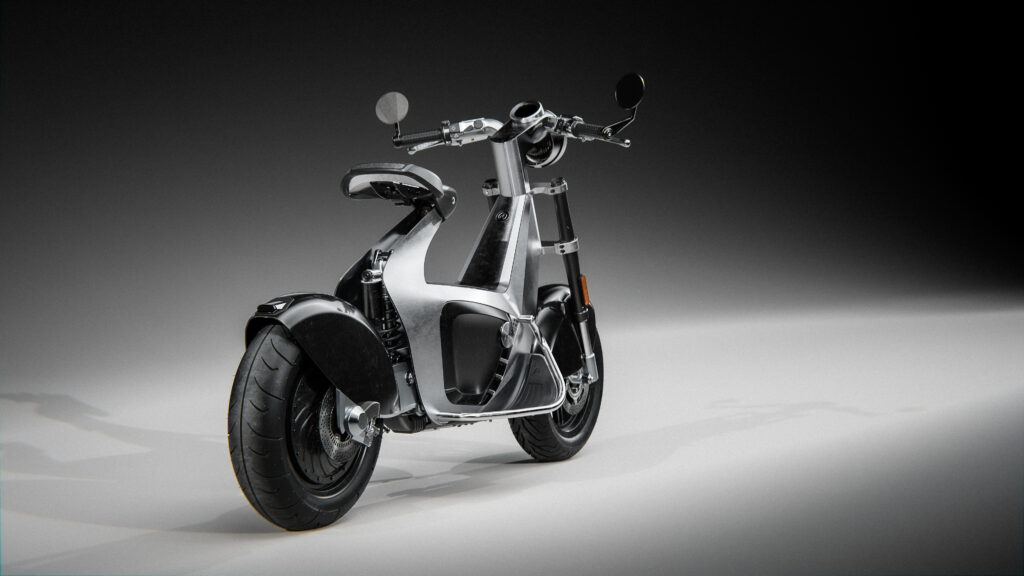
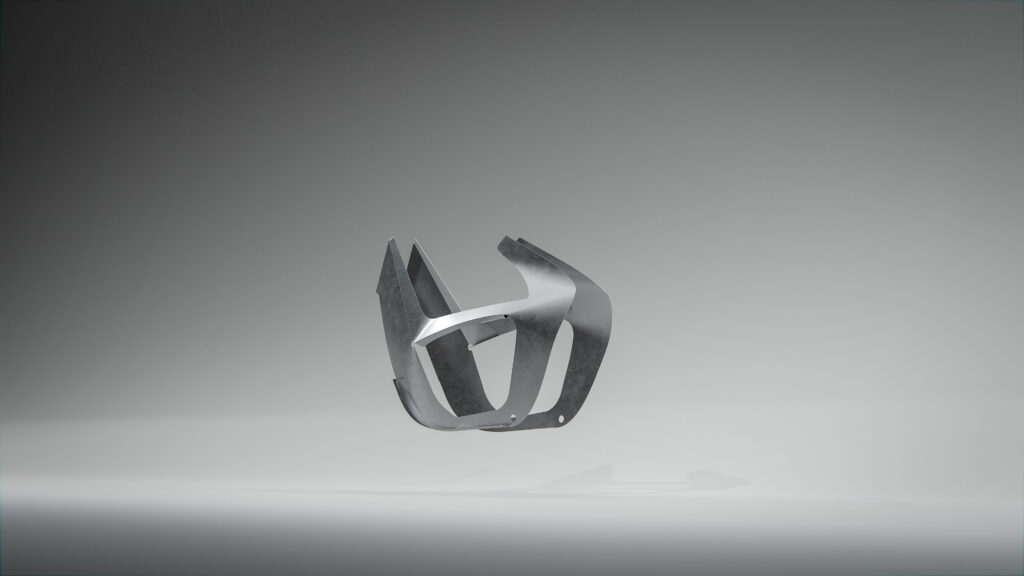

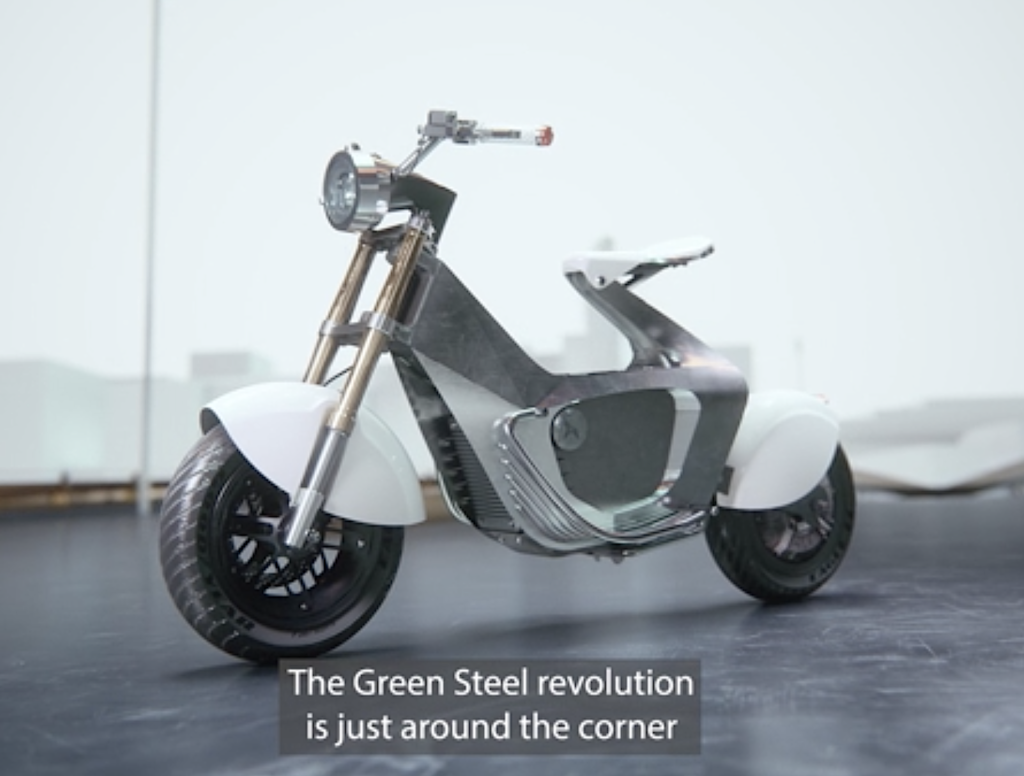
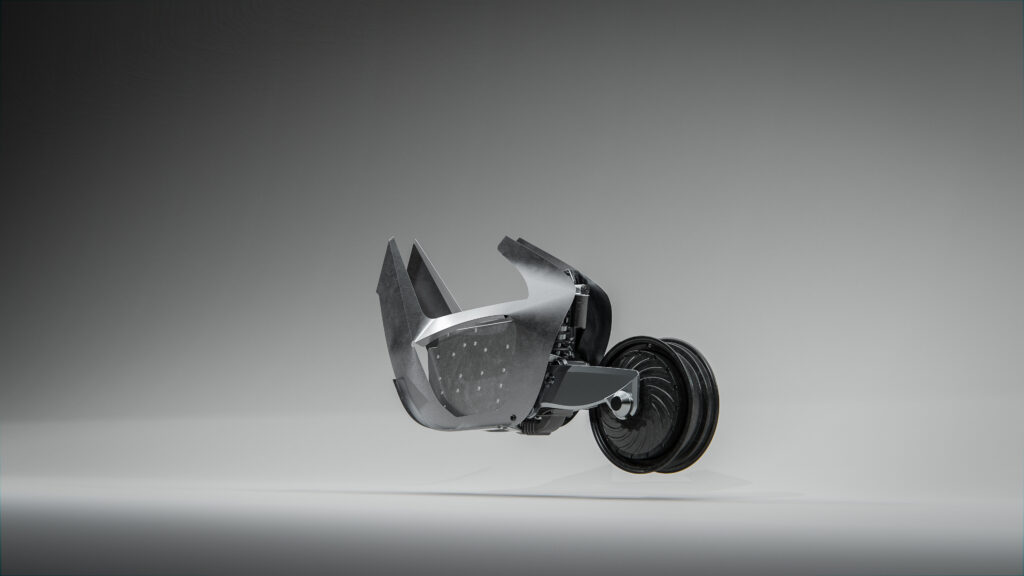


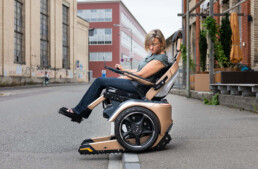
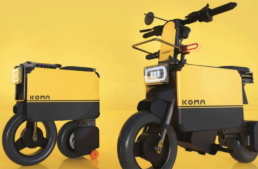
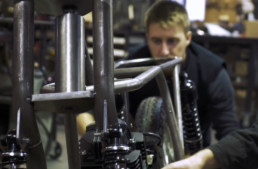
Another EV scooter … the ONLY EV two wheels or four that makes a damn bit of sense .. because its an Urban commuter only . And well … this one make as much sense as any of the EV scooters on offer so far
But !!! … it still comes with all the problems inherit to an EV … including where the ( bleep ) do you charge it if you live in an apartment or condo … especially if you happen to also live in a diverse non-gentrified neighborhood … in any city or town across the US ( NPR ) ???
So yeah Snowflakes .. how ya gonna deal with that one pray tell ?
Sigh .. logic and critical thinking … the bane of every post Boomer generation …. and getting worse by the decade .
^Is there an echo in here?^ 😅🤡🤣🤡😂🤡🤪🤡😜🤡